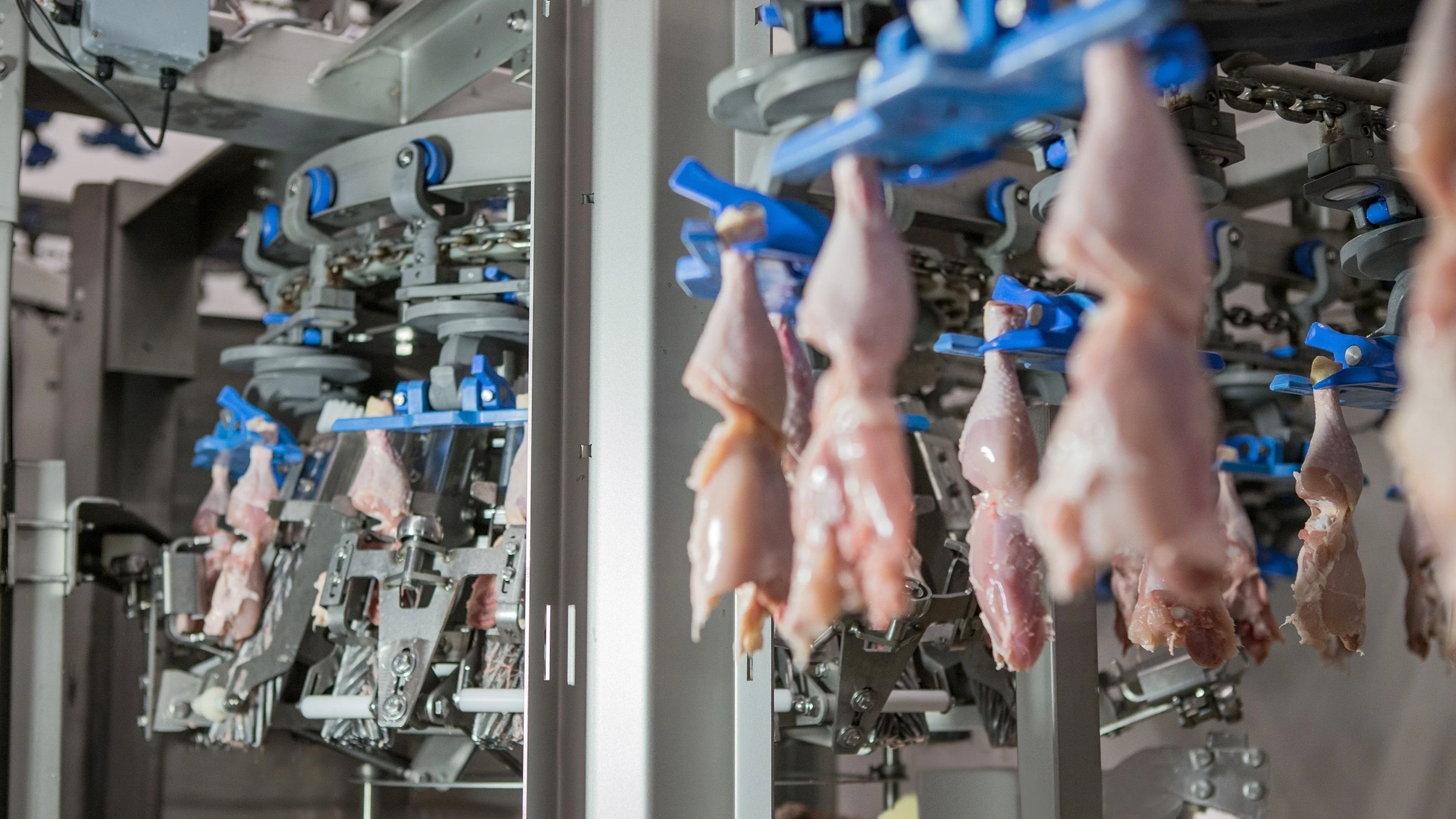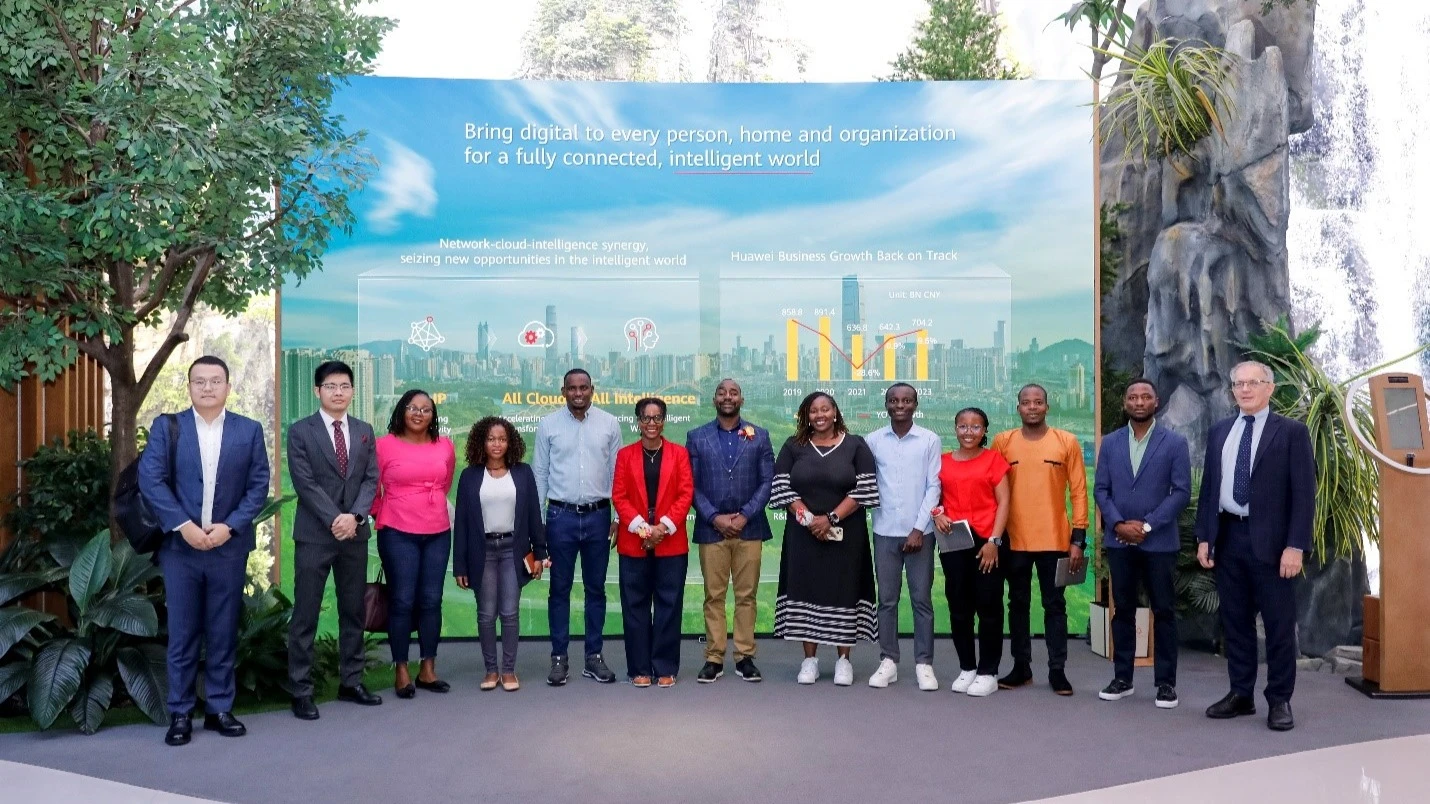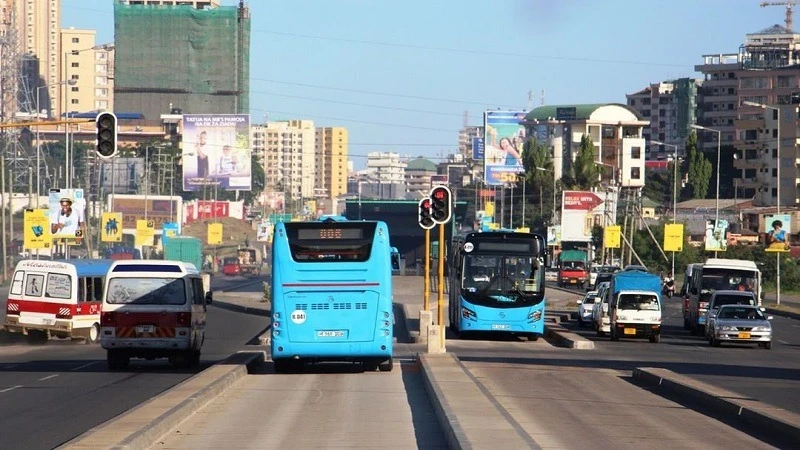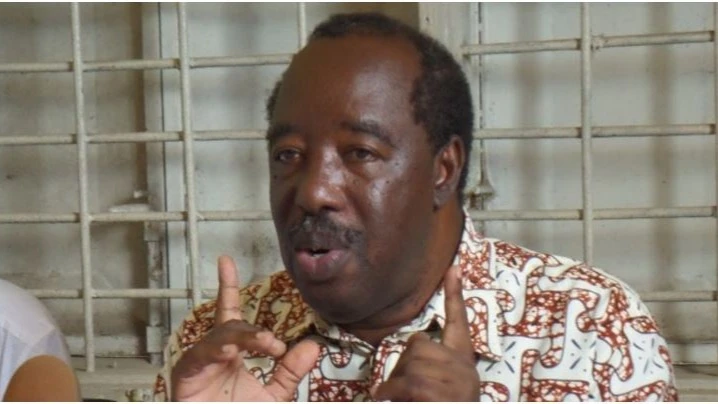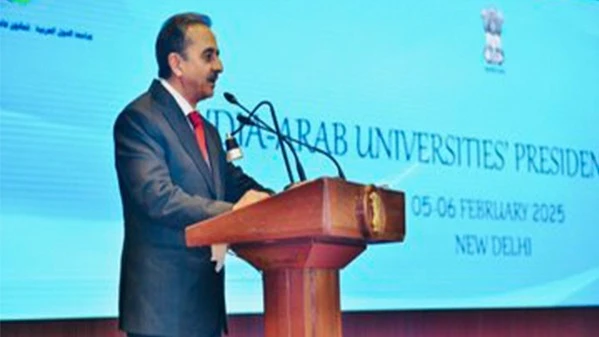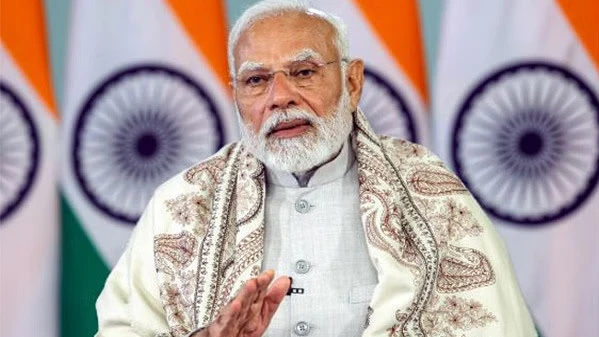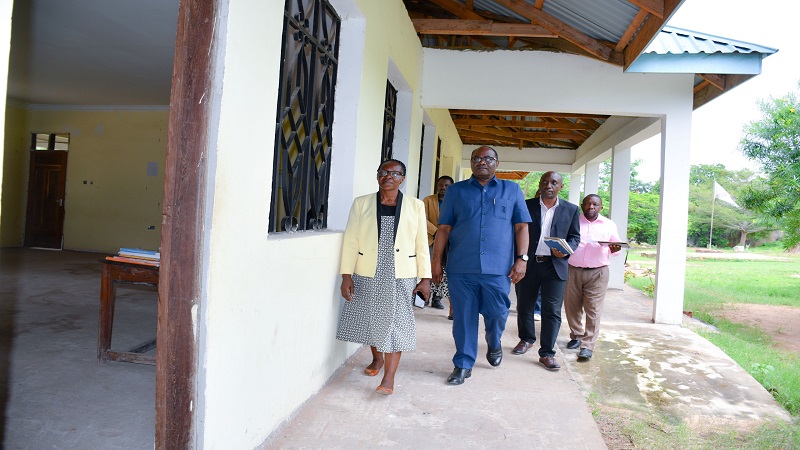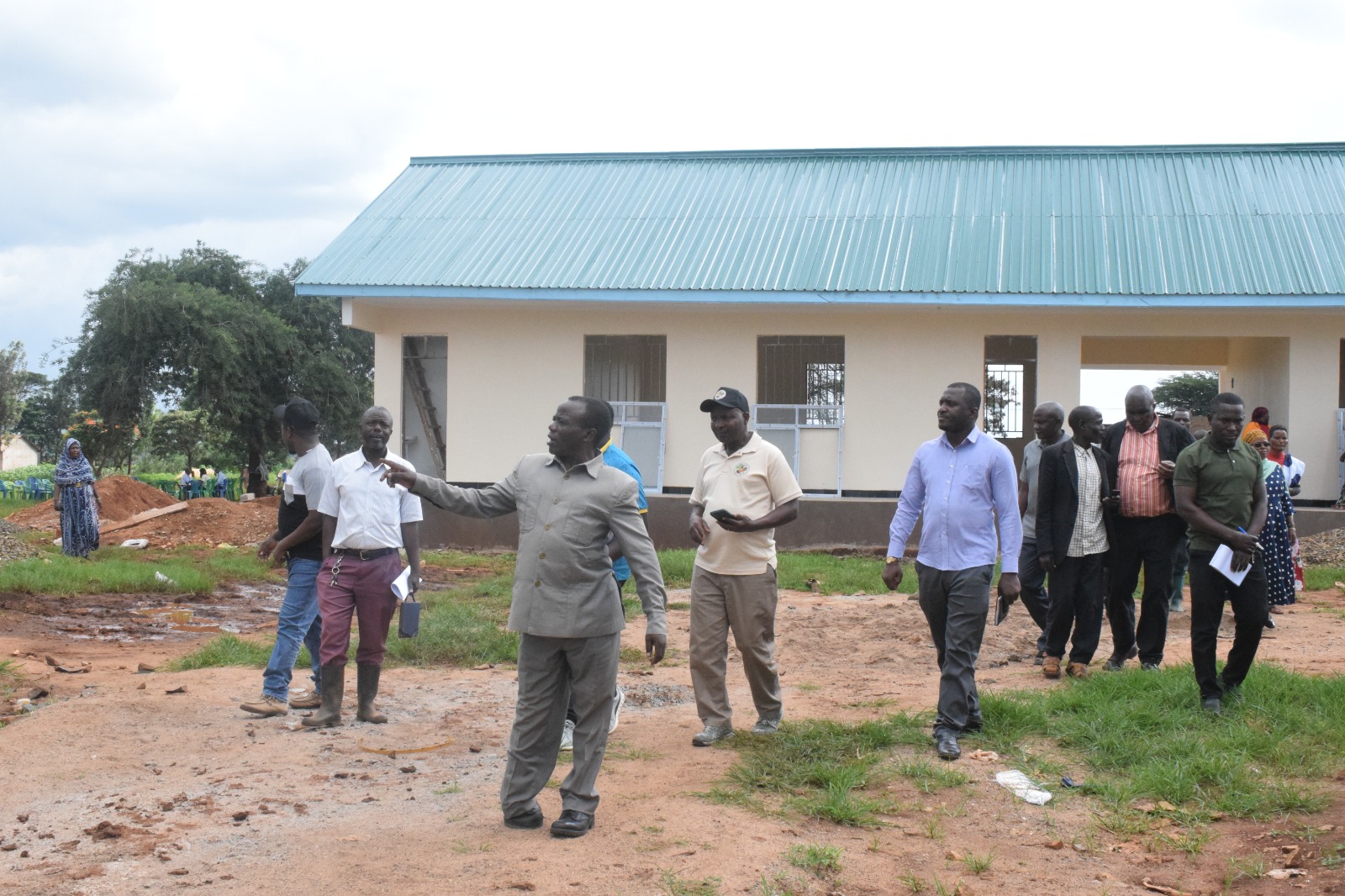SPECIAL REPORT: Thriving through climate change: Electricity, charcoal dilemma - 1

There are numerous setbacks in making electricity the primary energy source for cooking in Tanzania, cost and consumer awareness are part of them.
Public sensitization on the essence of using electricity as the primary cooking energy source is highly needed to discourage the continuous use of charcoal and firewood if the nation is to survive possible climate change crises attributed to deforestation.
Climate stakeholders recommend that public sensitization should be aligned with keeping the cost of electricity affordable, enabling consumers from poor households to opt for it.
The Consolidated Zonal Economic Performance Report for 2023/24 by the Bank of Tanzania (BoT), reveals that charcoal sales surged to 85.95bn/- as of June 2024.
The report shows that the value of charcoal sales for the financial year 2022/23 ending June 2023 amounted to 12.50bn/-.
These sales figures show that there was an increase of 71.41 percent during the periods under review, with nearly two million people directly involved in the charcoal business.
The value of firewood sales jumped to an overwhelming 10.62bn/- in 2023/24 while in 2022/23 it stood at merely 597mn/-.
In the same vein, a 2019 Ministry of Natural Resources and Tourism report titled 'the Potential and Optimal Strategies for Charcoal Sub-sector Development in Tanzania' states that charcoal is one of the key drivers of forest degradation and deforestation nationally.
“In general lands, charcoal is produced largely using wood from natural forests while on private lands, charcoal is largely produced from planted trees such as cashew and wattle plantations,” reads the report in part.
The study recommended that the government subsidize alternative sources of clean cooking energy to reduce the deforestation of forests for charcoal production.
This is particularly relevant as Tanzania recently hosted a two-day African Energy Summit dubbed ‘Mission 300’, bringing together 25 African heads of states to pave the way forward toward making electricity a primary energy source for cooking.
Climate experts argue that ongoing campaigns for clean energy for cooking might not pay off if the public, especially low-income earners, continue to perceive electricity for cooking as luxurious and costly.
To this end, the government, in collaboration with the private sector, is pushing for a swift shift to clean energy sources for cooking to avert possible environmental and climate crises.
The United Nations Environment Programme (UNEP) warns that unsustainable charcoal production is a significant driver of climate change due to deforestation, which releases large amounts of greenhouse gases into the atmosphere.
The process of burning wood to produce charcoal also generates carbon dioxide and other emissions directly fed into the atmosphere.
In its August 2022 Foresight, UNEP states that some energy policies in Sub-Saharan Africa have favored replacing charcoal with modern energy resources to protect forests and reduce energy-related mortality.
“Despite the increased supply of electricity and gas in this part of the continent, charcoal consumption has persisted in key markets, with international trade figures underlining its prevailing importance regardless of clean energy alternatives,” reads part of the UNEP’s Foresight.
Charcoal consumers and sellers who recently spoke to this journalist in Dar es Salaam said that without addressing the associated challenges, charcoal consumption will continue to increase in spite of campaigns for electricity and other clean energy sources.
According to interviewed charcoal and firewood consumers, some Tanzanians remain uncertain about using electricity generated from hydro, solar, and wind sources for cooking apart from liquefied petroleum gas (LPG) due to fears about spiraling costs and efficiency.
Tariye Gbadegesin, Chief Executive Officer for Climate Investment Funds (CIF), emphasized that the $12 billion in catalytic capital for energy and climate response is a key stepping stone for Africa.
Gbadegesin noted that the listing of the Sustainable Infrastructure Fund (SIF) at the London Stock Exchange is likely to raise billions of dollars to support energy and climate solutions for Africa.
Rachel Kyte, the United Kingdom’s Special Representative for Climate, confirmed at the summit the UK's commitment to accelerating energy access and clean cooking technologies across the continent.
“The UK has played a significant role in contributing to the Climate Investment Funds and other initiatives like Sustainable Energy for All. African governments are welcomed to capitalize on this opportunity going forward,” said Kyte.
Selina Michael, a 28-year-old resident of the Ubungo suburb in Dar es Salaam, said that many devices in her home require electricity.
“A TV set, radio, fridge, freezer, iron, fan, and air conditioners consume a minimum of three electric units a day, translating to an average of 90 units a month;
I live in a rented house with three other tenants who contribute 10,000/- each a month for electricity bills. If you opt to use an electric stove for cooking, you end up arguing with your fellow tenants,” she explained.
According to her, the fridge or freezer is turned on for a specific time to cool water and soft drinks only. Lydia Moses, a 32-year-old resident of Kawe suburb, said that electricity consumers receive 14 kWh when they pay 5,000/-.
From that amount, the electricity cost is 4,098.37/-, the 18 percent VAT is 737.70/-, EWURA's levy is one percent (40.98/-), and REA's levy is three percent (122.95/-).
“These levies are a burden for end users. You have to choose the way to use electricity carefully. If you choose to cook with an electric stove, those 14kWh will not last a week;
The government should further lower the price of electricity by deducting levies and sensitizing the public on best-use models without increasing costs,” Moses suggests.
Her suggestions about cutting down electricity costs by waiving levies resonate with Article 8 (1) (b) of the Constitution of the United Republic of Tanzania 1977, which highlights the primary responsibility of the government as safeguarding the people’s welfare.
However, Article 9 (d) of the same Constitution states: “The state authority and all its agencies are obligated to direct their policies and programmes towards ensuring that the national economy is planned and promoted in a balanced and integrated manner.”
Judith Kapinga, Deputy Energy Minister, said that the price per electricity unit (kWh) is calculated based on the costs incurred in production, transmission, and distribution.
She noted that the current price is not the actual one because it includes a government subsidy, making the average price of one unit of electricity 100/- for end users consuming less than 75 units a month.
Kapinga asserted that customers who consume more than 75 units a month pay 292/- per unit instead of 320/- due to the subsidy.
“Regarding demands to reduce the price of one unit of electricity, the ministry continues to evaluate the costs incurred by Tanzania Electric Supply Company Limited and assess the possibility of reducing them if it does not affect operational costs,” said Kapinga.
The Impact of Access to Sustainable Energy Survey (IASES) 2021/22 by the National Bureau of Statistics (NBS) states that 67 percent of all households in Mainland Tanzania use firewood as their main source of energy for cooking.
This percentage indicates a drop from 81 percent as stipulated in the NBS’s National Sample Census of Agriculture Report (NSCA) for 2019/20.
The report states that only one in 14 rural households using firewood has a cooking stove with improved efficiency.
Charcoal is the second most common energy source for cooking (25 percent), compared to 15 percent in the NSCA 2019/20 report.
About 88 percent of households in rural areas use firewood, compared with six percent in Dar es Salaam and 10 percent in other urban areas. Thirty-four percent of households in Dar es Salaam use gas, while electricity is used by only 0.46 percent.
In other urban areas, 14 percent of households use gas for cooking, while only two percent use electricity. In rural areas, 1.48 percent of households use gas for cooking, and none use electricity.
To be continued.
Top Headlines
© 2025 IPPMEDIA.COM. ALL RIGHTS RESERVED


